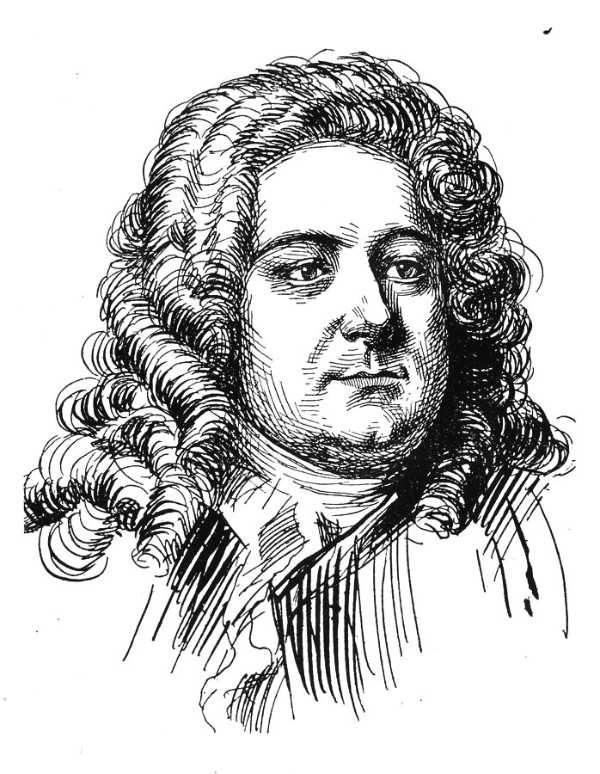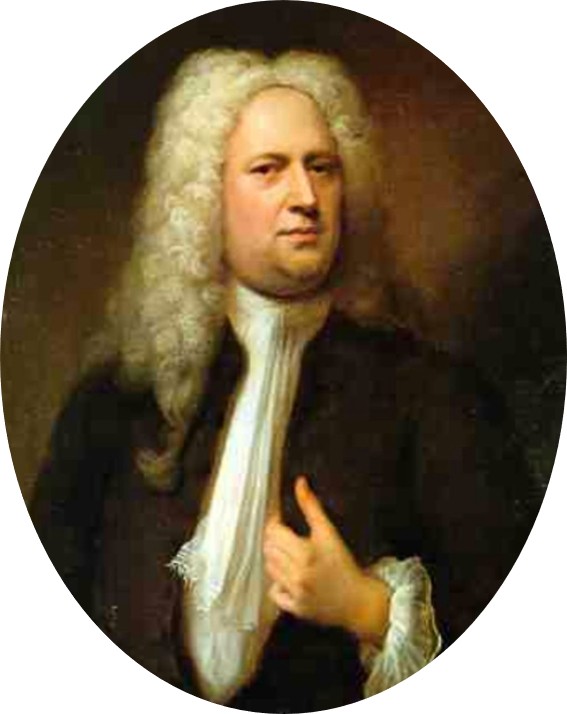A titan of American music, George Gershwin (1898-1937) crafted a catalogue of songs that remain timeless for their melodic brilliance. Blending jazz, classical, and popular influences, and often in collaboration with his brother Ira Gershwin, he produced some of the most cherished songs of the 20th century.
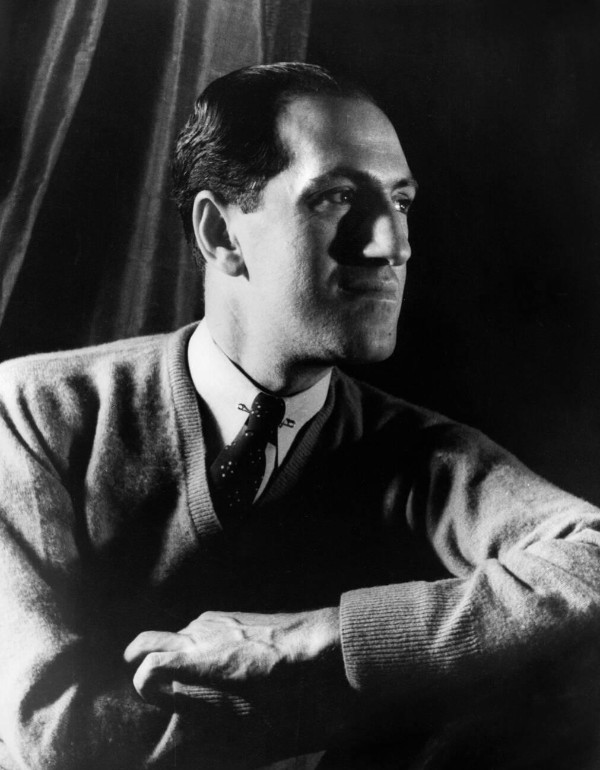
Portrait of George Gershwin
From Broadway stages to Hollywood films, Gershwin’s compositions captured the vibrancy of the Jazz Age while expressing universal human longing and joy. On the occasion of his passing on 11 July 1937, let’s sample 15 of his most beloved songs, each a gem that continues to resonate with audiences worldwide.
So, let’s get started with “I Got Rhythm,” this jubilant anthem of the Jazz Age. Full of infectious energy, the syncopation and buoyant melody capture the exuberance of a new area. It first appeared in the 1930 musical Girl Crazy, but also resurfaced in the film version of An American in Paris.
George Gershwin: “I Got Rhythm”
Summertime
The crown jewel of George Gershwin’s 1935 folk opera Porgy and Bess, “Summertime” is a hauntingly evocative lullaby that captures the languid and sultry essence of a Southern summer night.
Sung by Clara to soothe her infant in the fictional Catfish Row, the song’s modal harmonies and gently swaying melody weave a spell of maternal warmth tinged with bittersweet longing. Its deceptively simple structure belies a profound emotional depth, making it a versatile canvas for countless interpretations, including one by jazz legend Ella Fitzgerald.
Fascinating Rhythm
George Gershwin introduced “Fascinating Rhythm” in his 1924 Broadway musical Lady, Be Good! It is a dazzling celebration of the Jazz Age’s pulsating energy, its syncopated melody capturing the frenetic and irresistible beat of the Roaring Twenties.
With Ira Gershwin’s clever lyrics personifying rhythm as an almost mischievous force that won’t let go, the song bursts with a playful yet sophisticated charm. George’s innovative use of offbeat rhythms and jazzy chord progressions creates a dynamic, almost hypnotic momentum, making it a favorite for musicians eager to explore its improvisational possibilities.
Someone to Watch Over Me
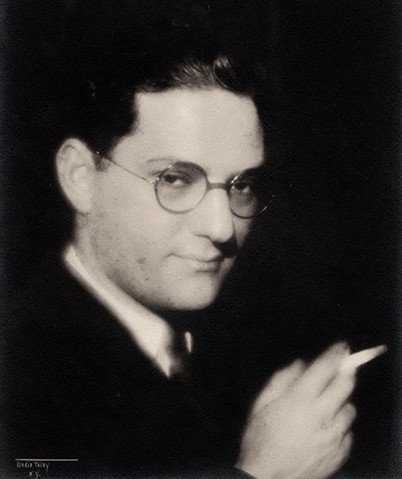
Ira Gershwin, 1925
George Gershwin crafted “Someone to Watch Over Me” for the 1926 Broadway musical Oh, Kay! It is a profoundly moving ballad that distills the tender ache of longing for love and security into a timeless musical gem.
Ira Gershwin’s heartfelt lyrics paint a vivid picture of vulnerability and hope, yearning for a steadfast protector amidst life’s uncertainties. George’s exquisite melody, with its flowing, almost waltz-like grace and rich harmonic texture, wraps the listener in an intimate embrace, evoking both fragility and quiet strength. It speaks loudly to the universal human desire for connection.
Nice Work If You Can Get It
“Nice Work If You Can Get It,” crafted by George Gershwin for the 1937 film A Damsel in Distress, is a sparkling gem of wit and optimism, radiating the effortless charm of the Great American Songbook. With Ira Gershwin’s playful lyrics, which muse on the joys of love as the ultimate “work” worth pursuing, the song pairs a breezy, upbeat melody with sophisticated yet accessible harmonies.
George’s masterful composition, marked by its jaunty rhythm and bright, jazzy undertones, invites both singers and instrumentalists to revel in its lighthearted exuberance. The versatility of the song has made it a beloved standard, embodying the era’s hopeful spirit while resonating with timeless dreams of love and leisure. Its enduring appeal lies in its ability to blend clever wordplay with melodic grace.
Embraceable You
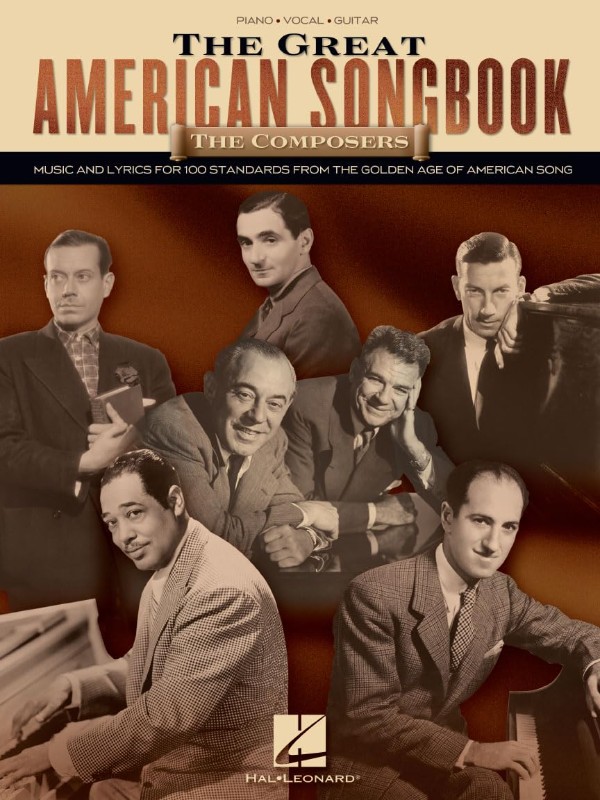
The Great American Songbook
Composed for the 1930 Broadway musical Girl Crazy, “Embraceable You” is a lush, romantic ballad that envelops listeners in its warm, heartfelt embrace, cementing its status as a cherished pillar of the Great American Songbook. Ira Gershwin’s tender lyrics, expressing a lover’s longing for closeness, are perfectly matched by George’s sumptuous melody, with its flowing phrases and rich, jazzy harmonies that evoke both intimacy and yearning.
Originally performed by Ginger Rogers, the song’s emotional depth and melodic elegance have made it a favourite for vocalists and instrumentalists alike, from Frank Sinatra’s velvety croon to countless jazz improvisations. Its versatility shines through in its ability to convey both quiet devotion and soaring passion, resonating across generations.
Strike Up the Band
“Strike Up the Band,” composed by George Gershwin for the 1927 musical of the same name, is a rousing and patriotic anthem that pulses with the exuberant energy of the Jazz Age, embodying both theatrical flair and spirited optimism.
With Ira Gershwin’s spirited lyrics calling for action and celebration, the song’s brassy, upbeat melody and driving rhythm capture a sense of collective enthusiasm and resolve. George’s masterful blend of martial cadences with jazzy syncopation creates a dynamic, infectious tune that has transcended its theatrical origins, becoming a staple for orchestras, jazz bands, and vocalists alike.
’S Wonderful
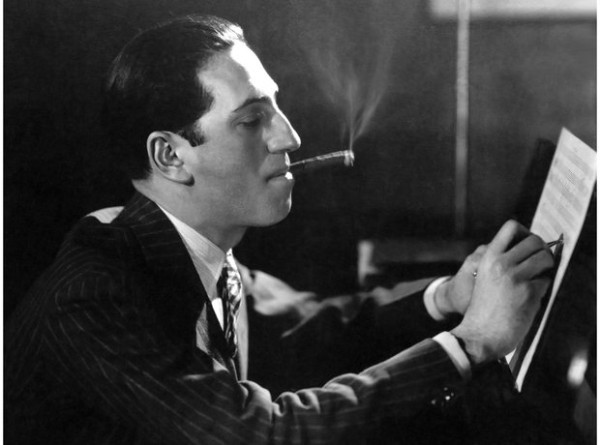
George Gershwin
“’S Wonderful,” composed by George Gershwin for the 1927 Broadway musical Funny Face, is an effervescent love song that bubbles with the giddy joy of new romance, securing its place as a sparkling gem in the Great American Songbook.
Ira Gershwin’s playful, colloquial lyrics, brimming with youthful exuberance and clever wordplay, capture the thrill of infatuation, perfectly complemented by George’s buoyant, jazz-inflected melody and lively syncopation. The song’s infectious charm and lilting rhythm have made it a favourite for vocalists and instrumentalists as its breezy sophistication becomes a universal celebration of love’s delight.
Let’s Call the Whole Thing Off
“Let’s Call the Whole Thing Off,” composed by George Gershwin for the 1937 film Shall We Dance, is a delightful, tongue-in-cheek gem that dances with the playful charm of the Great American Songbook, capturing the quirks of romance with irresistible wit.
Ira Gershwin’s clever lyrics, famously contrasting pronunciations like “to-may-to” and “to-mah-to,” turn a lovers’ spat into a light-hearted celebration of differences, perfectly matched by George’s sprightly, syncopated melody that swings with jazzy exuberance.
Brought to life by Fred Astaire and Ginger Rogers, whose tap-dancing rendition on roller skates became iconic, the song’s breezy rhythm and infectious humour have made it a favourite for vocalists and jazz artists alike.
Our Love is Here to Stay
“Our Love Is Here to Stay,” was one of George Gershwin’s final compositions for the 1938 film The Goldwyn Follies. It is a radiant and heartfelt ballad that exudes timeless optimism and devotion, securing its place as a cornerstone of the Great American Songbook.
Ira Gershwin’s elegant lyrics, reflecting on the enduring power of love amidst life’s fleeting changes, are perfectly matched by George’s deceptively simple yet profoundly expressive melody, with its warm, flowing harmonies that evoke both intimacy and resilience. Its poignant sincerity carries a bittersweet weight, and its uplifting spirit ensures its universal appeal.
They Can’t Take That Away from Me
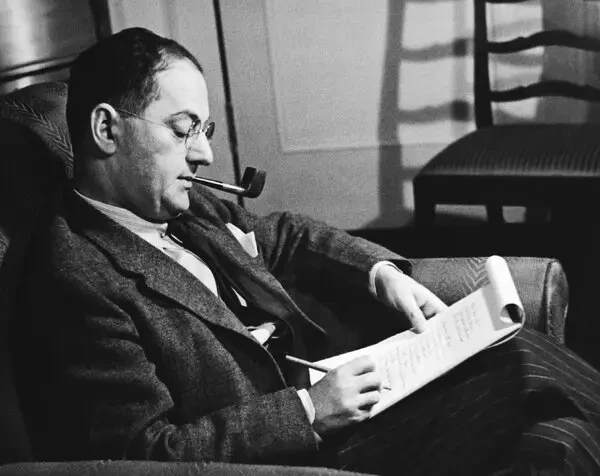
Ira Gershwin
Composed for the 1937 film Shall We Dance, “They Can’t Take That Away from Me” is a beautiful ballad that captures the enduring essence of love through cherished memories. It is one of the treasures of the Great American Songbook.
Ira Gershwin’s tender lyrics, reflecting on the indelible moments that linger despite separation, are paired with George’s wistful, flowing melody, its jazzy undertones and warm harmonies evoking both nostalgia and resilience. The song’s bittersweet charm has inspired iconic covers with its emotional depth resonating across jazz, pop, and beyond.
The interplay of simplicity and sophistication in its structure allows performers to imbue it with personal nuance, ensuring its timeless appeal.
Oh, Lady be Good!
“Oh, Lady Be Good!,” composed by George Gershwin for the 1924 Broadway musical of the same name, is a spirited, jazzy standard that radiates the exuberant charm of the Roaring Twenties, cementing its place as one of the 15 most beloved songs.
Ira Gershwin’s playful, flirtatious lyrics, urging the titular “lady” to yield to romantic pursuit, are perfectly complemented by George’s infectious, syncopated melody, brimming with lively rhythms and vibrant harmonies that capture the era’s carefree spirit.
Its buoyant, danceable groove and witty lyricism have kept it fresh across decades, appealing to both vocalists and instrumentalists. Blending theatrical flair with timeless appeal, this song embodies the joyful pulse of an era.
It Aint Necessarily So
“It Ain’t Necessarily So,” composed by George Gershwin for the 1935 opera Porgy and Bess, is a sly, infectious showstopper that blends jazzy swagger with irreverent wit. Ira Gershwin’s clever lyrics, delivered by the sceptical Sportin’ Life, playfully challenge biblical tales with a devil-may-care attitude, perfectly matched by George’s sultry, blues-inflected melody and syncopated rhythms that pulse with mischievous energy.
Its mix of theatrical flair, social commentary, and irresistible groove ensures its enduring appeal, inviting improvisation while retaining its narrative bite. It showcases the Gershwins’ genius for crafting songs that are both thought-provoking and irresistibly entertaining.
A Foggy Day (In London Town)
“A Foggy Day (In London Town),” composed by George Gershwin for the 1937 film A Damsel in Distress, is a captivating ballad that transforms the gloom of a misty London into a romantic epiphany.
Ira Gershwin’s evocative lyrics, painting a scene of disorientation that blossoms into love’s clarity, are perfectly paired with George’s elegant, slightly wistful melody, its jazzy harmonies and gentle swing evoking both solitude and hope.
Its sophisticated yet accessible charm captures the magic of unexpected connection, and it stands as a testament to the Gershwin brothers’ ability to weave vivid imagery and emotional depth into a timeless standard.
But Not for Me
“But Not for Me,” composed by George Gershwin for the 1930 musical Girl Crazy, is a wistful, introspective ballad that captures the sting of unrequited love with heartrending sincerity.
Ira Gershwin’s melancholic yet sharply witty lyrics, lamenting love’s elusive nature with lines like “I was a fool to fall and get that way,” are seamlessly paired with George’s lush, flowing melody, its rich harmonies and subtle jazz inflexions conveying both vulnerability and quiet resilience.
Its universal theme of longing, wrapped in the Gershwins’ signature blend of sophistication and accessibility, definitely ensures timeless resonance.
George Gershwin’s 15 most beloved songs weave a rich tapestry of melody and emotion that continues to captivate audiences worldwide. These timeless standards, infused with jazz, wit, and heart, affirm the enduring legacy of the Gershwin brothers as exceptional architects of the great American song.
For more of the best in classical music, sign up for our E-Newsletter

